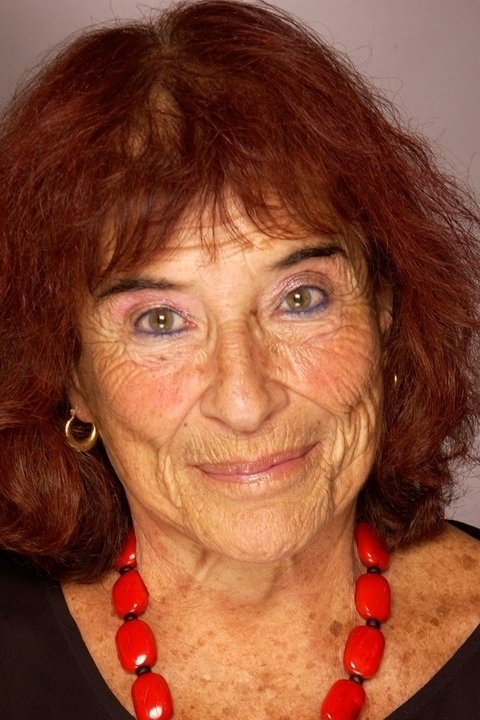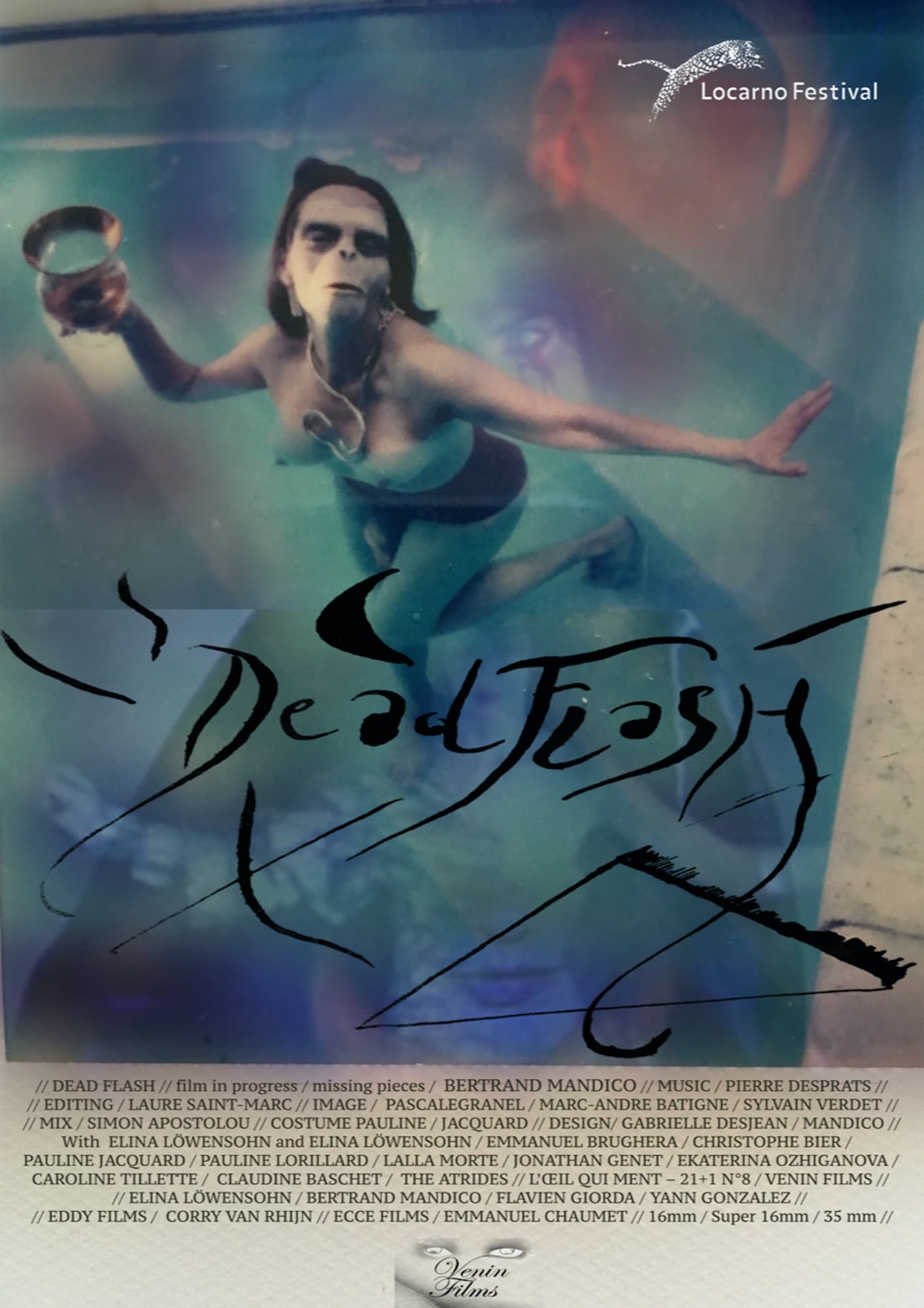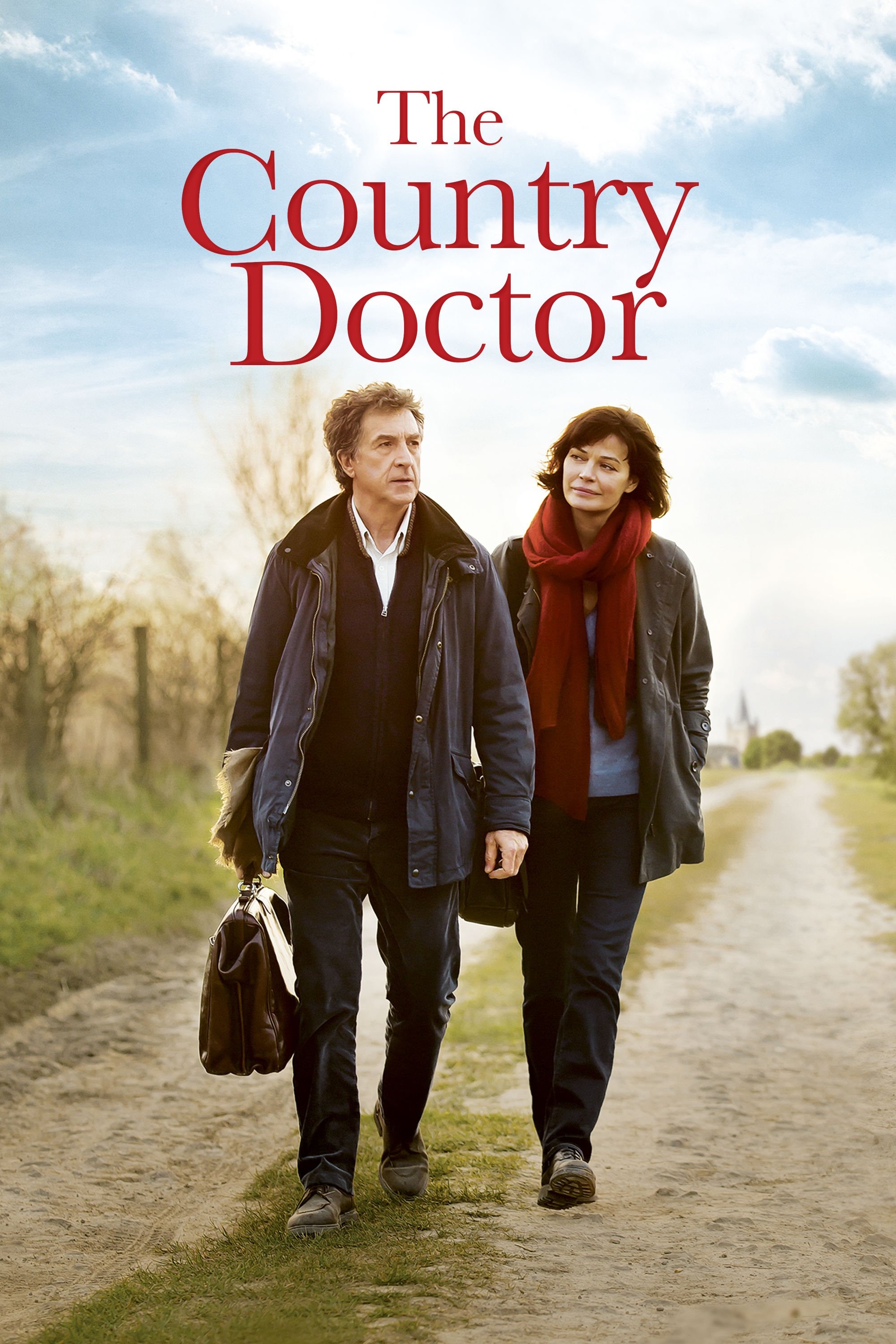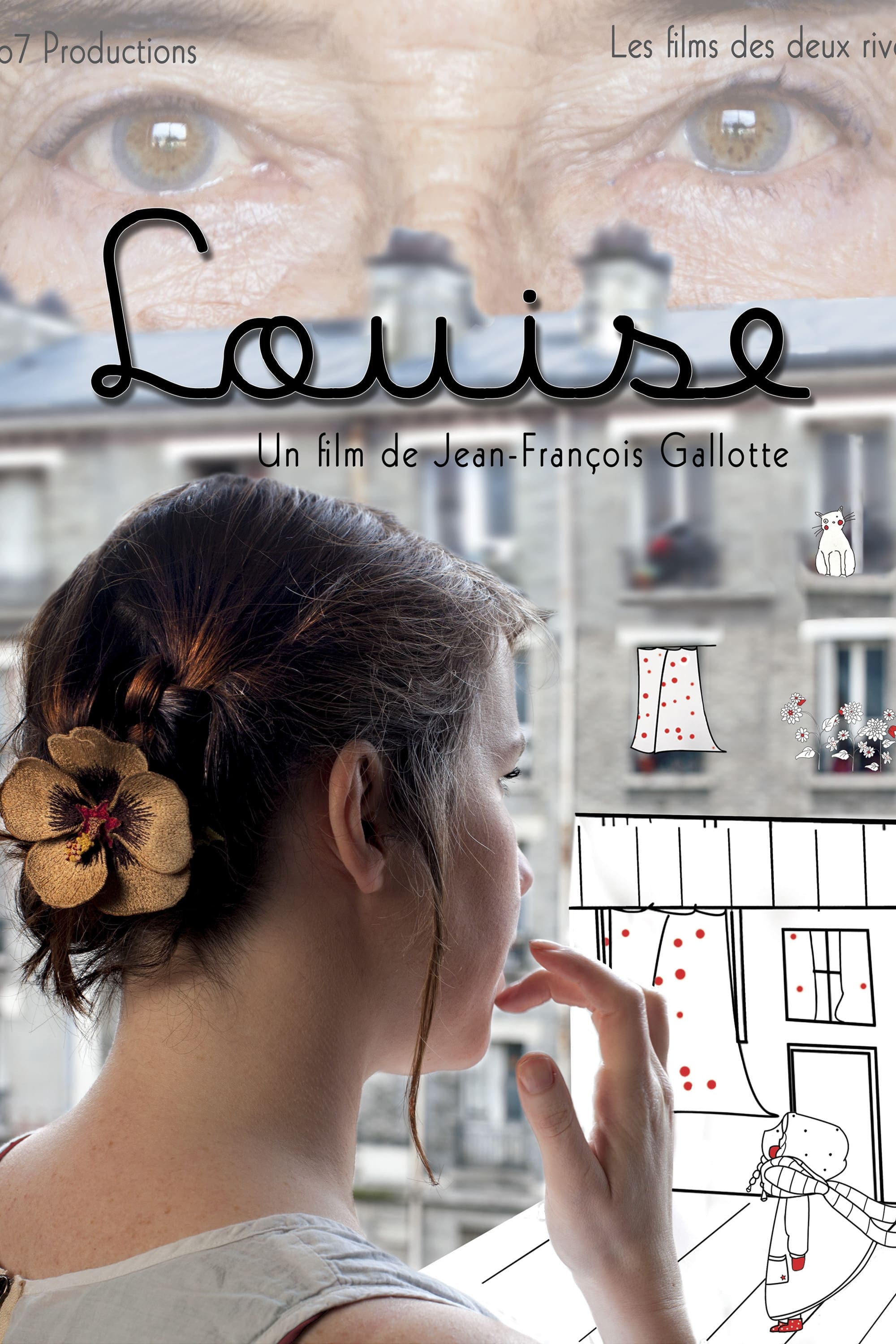

We see a succession of scattered glam images: beat-up figures on lucid papers and dreamlike landscapes, until the (apelike) apparition of a model and her photographer. Together, they will play martyr and demiurge. They will attempt to achieve grace in a world of moving surfaces.

Paris 1930. Paul has only ever had one and the same horizon: the high walls of the orphanage, an austere building in the Parisian working class suburbs. Entrusted to a joyful country woman, Célestine, and her husband, Borel, the rather stiff gamekeeper of a vast estate in Sologne, the city child, recalcitrant and stubborn, arrives in a mysterious and disturbing world, that of a sovereign and wild region. The huge forest, misty ponds, heaths, and fields all belong to the Count de la Fresnaye, an elderly taciturn man who lives alone in his manor.

All the people in this countryside area, can count on Jean-Pierre, the doctor who auscultates them, heals and reassures them day and night, 7 days a week. Now Jean-Pierre is sick, so he sees Natalie, a young doctor, coming from the hospital to assist him. But will she adapt to this new life and be able to replace the man that believed to be irreplaceable?


Stéphanie grew up with an absent mother and a brutal stepfather. One day, she knows, she'll leave the city to live the life she's always dreamed of.

Josephine doesn't like her job and keeps on having relationships without a future. Her sister and parents keep pushing her to find a good husband. To shut them up, she creates a handsome Brazilian millionaire but her little white lie has a flip side - she loses everything to find the love of her life.
By browsing this website, you accept our cookies policy.